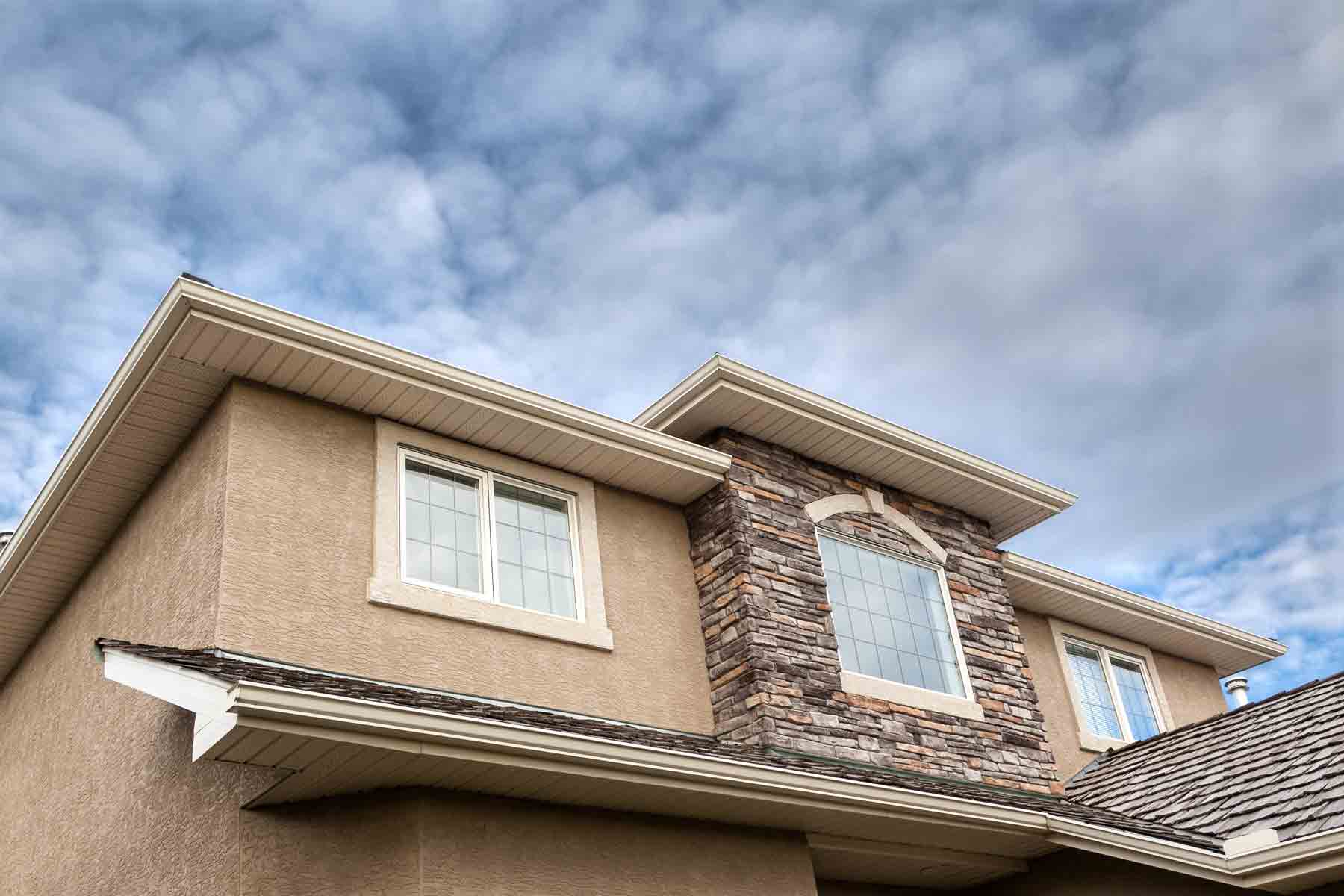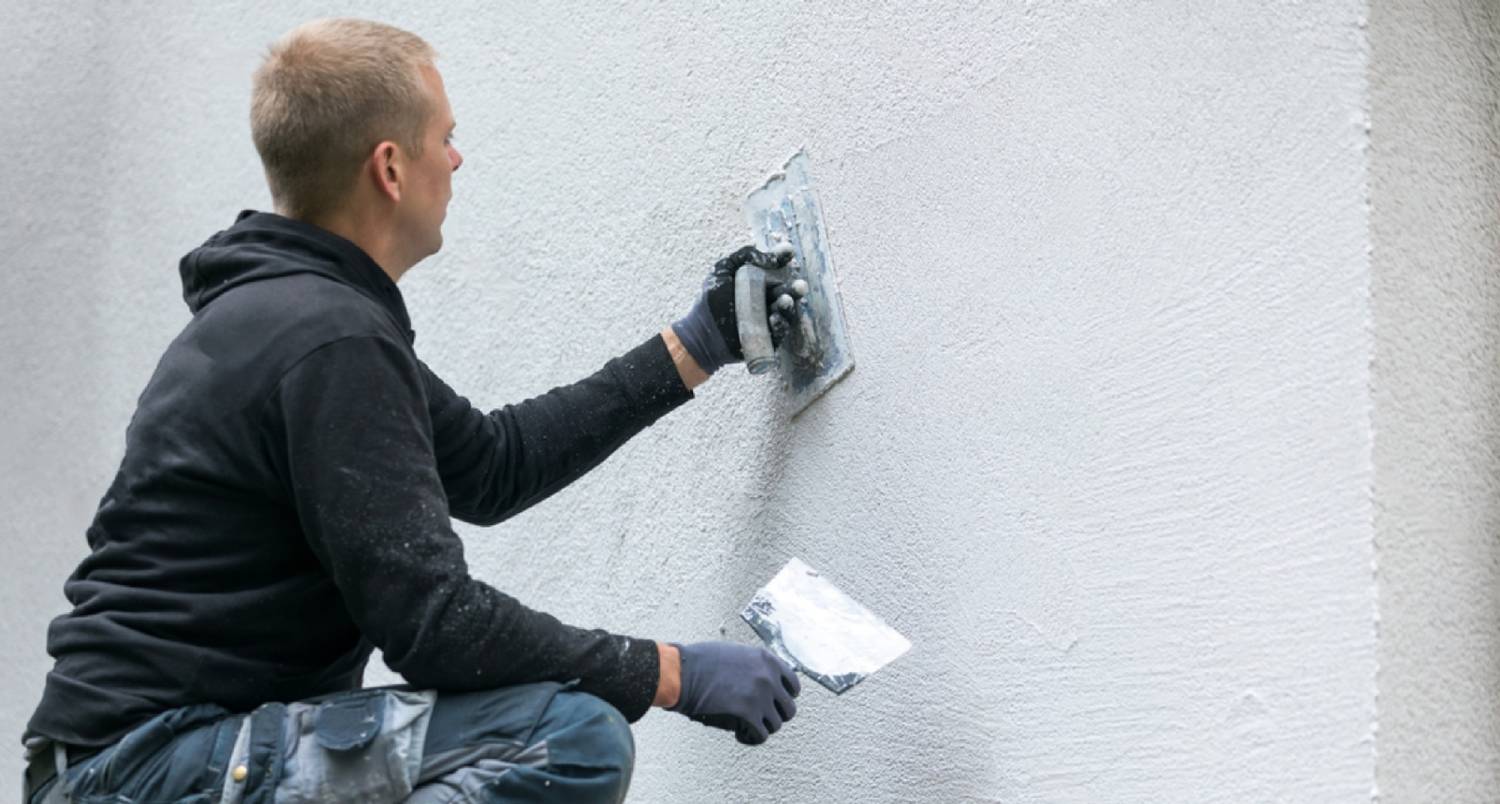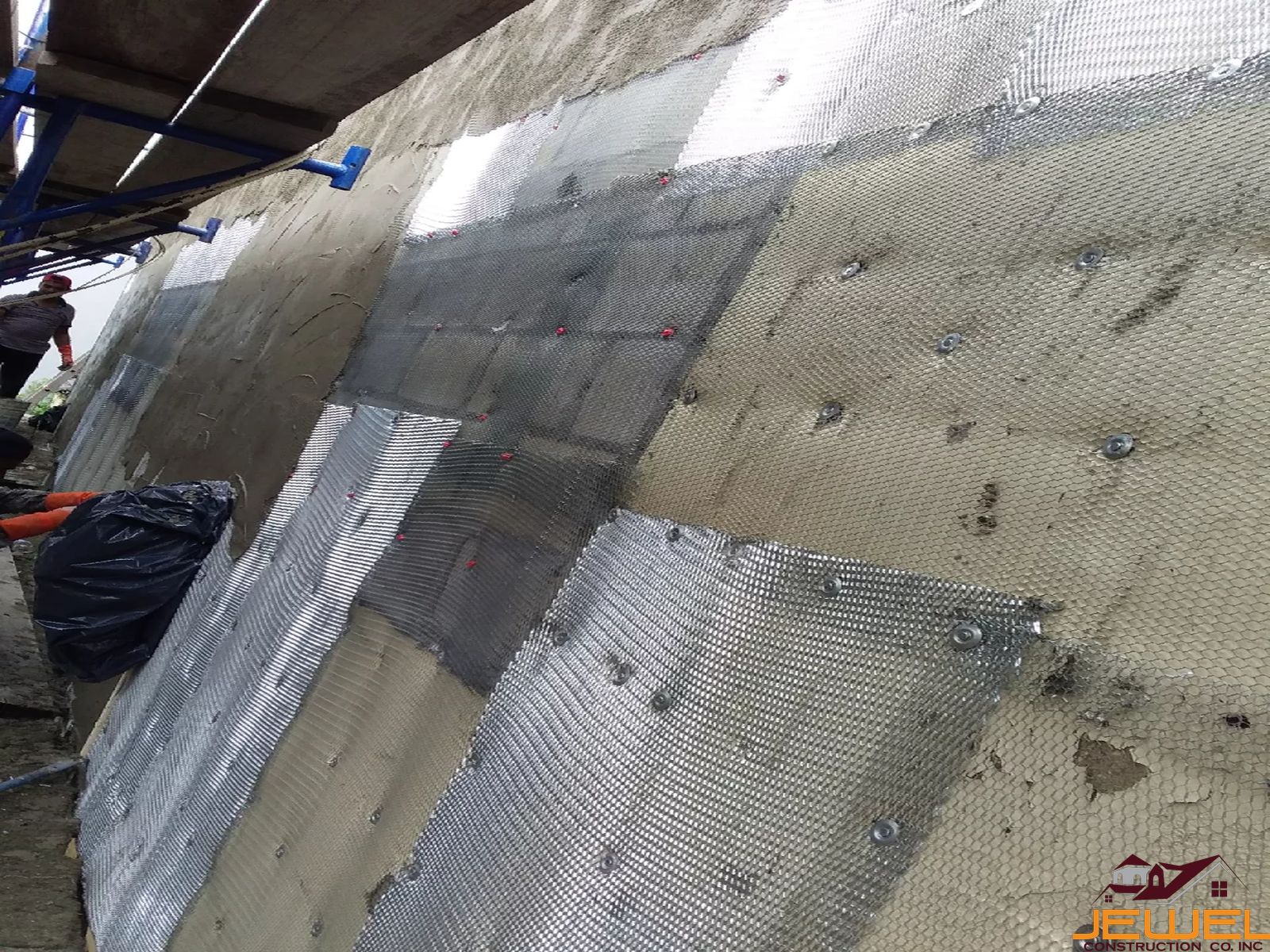Discovering the Adaptability of Stucco in Modern Style
Stucco has actually long been identified for its aesthetic charm and flexibility, yet its function in contemporary design warrants a better examination. By exploring its cutting-edge applications, from striking facades to energy-efficient designs, one can value just how stucco is redefining the limits of architectural expression.
Historical Relevance of Stucco
The historical value of stucco is profound, as it has played a crucial role in architectural techniques throughout numerous cultures for centuries. Coming from in old human beings, stucco was used by the Egyptians and Greeks as a resilient and flexible finish for both exterior and interior surface areas. Its flexibility to various climates and capability to resemble more pricey materials made it a popular selection.
In the Roman era, stucco became a primary ornamental component, made use of thoroughly in public structures, villas, and temples. The Romans fine-tuned the application methods, permitting elaborate layouts and alleviation sculptures. Throughout the Renaissance, stucco experienced a rebirth, specifically in Italy, where it was used in elaborate exteriors and decorative details, showcasing the creativity of the duration.

Modern Applications in Layout
Stucco has actually found renewed importance in modern architecture as a result of its flexibility and visual allure (stucco contractor). This conventional material is significantly made use of in contemporary style, linking the space in between timeless and contemporary looks. Architects and designers value stucco for its flexibility, enabling it to be used in numerous designs-- from minimal structures to elaborate Mediterranean styles
In household tasks, stucco offers a clean, seamless finish that enhances the visual cohesion of facades. Its ability to adapt various forms and surface areas makes it a perfect option for both brand-new constructions and remodelling projects. Furthermore, stucco's toughness and reduced upkeep needs add to its growing appeal in urban setups, where resilient products are essential.
Commercial applications have also embraced stucco, with many companies selecting this product to create inviting and distinctive shops. Making use of stucco in public buildings, such as institutions and recreation center, showcases its potential for producing visually attractive environments while offering outstanding insulation properties.
Color and Appearance Technologies
Discovering shade and texture advancements in stucco has opened up new avenues for designers and architects, improving the material's visual impact in contemporary building and construction. Current developments in pigment technology have actually enabled a wider range of colors, making it possible for designers to develop striking facades that incorporate effortlessly with their surroundings or attract attention as strong architectural statements. This flexibility in shade selection uses architects the capacity to evoke details emotional responses and integrate with local looks.
Texture advancements have likewise changed stucco applications. Techniques such as troweling, splashing, and stamping have actually brought about varied surface area finishes, varying from smooth and refined to tactile and sturdy. These variations not just add to the building's personality yet likewise play a crucial function in light communication, enhancing the aesthetic deepness and dimensionality of surface areas.
In addition, the introduction of synthetic stucco options has actually broadened layout opportunities, using improved toughness and climate resistance while preserving visual charm. As engineers proceed to experiment with innovative color combinations and textured surfaces, stucco continues to be a pivotal his explanation element in contemporary design, showcasing the material's versatility and ageless importance in modern layout.
Sustainability and Power Performance
Innovations in color and texture have not only boosted the visual allure of stucco yet additionally led the means for better concentrate on sustainability and power effectiveness in contemporary design. As environmental issues end up being progressively popular, the building industry is turning its focus to products that add favorably to environmental equilibrium.
Stucco, made up mostly of all-natural products such as lime, concrete, and sand, offers a sustainable choice to even more resource-intensive structure products. Its durability and durability reduce the need for constant substitutes, thus reducing waste and resource intake with time. In addition, contemporary stucco formulations often include energy-efficient ingredients that enhance insulation residential properties, decreasing cooling and heating expenses for structures.
The reflective top qualities of stucco can also be crafted to reduce heat absorption, contributing to cooler interior atmospheres and less dependence on synthetic environment control systems. By promoting energy conservation and lowering the carbon footprint of frameworks, stucco aligns with the principles of lasting architecture. As builders and designers take on environmentally friendly techniques and ingenious strategies, stucco sticks out as a liable and flexible option in modern layout.

Instance Researches of Stucco Projects
The convenience of stucco as a structure material is exemplified in different successful building jobs that highlight its aesthetic and functional advantages. One noteworthy instance is the improvement of the historical Casa de la Guerra in Santa Barbara, California. Using stucco not just protected the building's Spanish Colonial Revival design but additionally boosted its resilience and weather resistance, making sure longevity while keeping architectural honesty.
One more compelling situation is the contemporary residential project, the Cactus Residence in Scottsdale, Arizona. stucco contractor. This striking home functions a smooth stucco coating that balances with the surrounding desert landscape. The stucco's light shade shows warmth, contributing to power effectiveness, while the distinctive surfaces include visual passion
Additionally, the Kings Cross redevelopment in London showcases the adaptability of stucco in city settings. The application of stucco on modern-day mixed-use buildings produces a natural aesthetic that values historical context while accepting modern style principles.
These study demonstrate just how stucco can serve different architectural functions, from conservation and energy efficiency to aesthetic improvement, making it a versatile option in modern-day architecture.
Conclusion
 In final thought, stucco's historic significance and contemporary convenience make it a valuable product in modern architecture. Its capability to integrate classic visual appeals with ingenious layout, incorporated with advancements in shade and texture, improves its allure. Furthermore, stucco's insulating buildings add to energy Home Page efficiency, while its sustainable qualities align with present ecological top priorities. As demonstrated via numerous study, stucco view remains to play a critical duty in forming the building landscape of the modern era.
In final thought, stucco's historic significance and contemporary convenience make it a valuable product in modern architecture. Its capability to integrate classic visual appeals with ingenious layout, incorporated with advancements in shade and texture, improves its allure. Furthermore, stucco's insulating buildings add to energy Home Page efficiency, while its sustainable qualities align with present ecological top priorities. As demonstrated via numerous study, stucco view remains to play a critical duty in forming the building landscape of the modern era.

In verdict, stucco's historic significance and modern flexibility make it a useful product in modern design.
Comments on “Just how to Find a Reputable Stucco Contractor for Your Outside Home Remodeling”